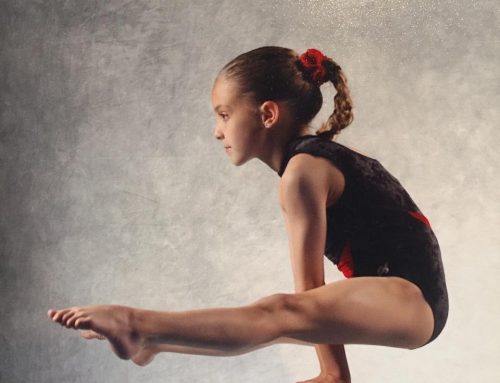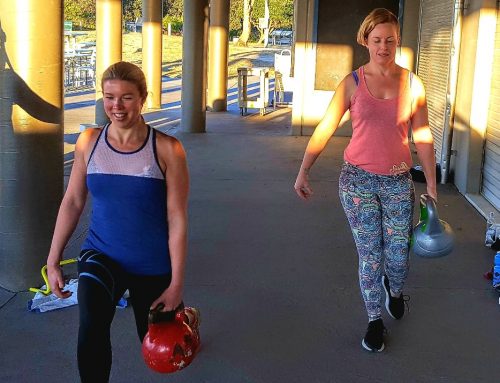Understanding that we are seamlessly connected. (Just like Nanny’s jumper’s)
From the intro we’re now aware that we have a lot…like loads of the stuff through our entire body. But why is it important that we really learn about it?
Quite simply, if you really want to maximize your athletic performance or if you want your bodies to feel better, i.e. less stiff, fewer aches, more mobility then unless you know what fascia does, you’re never go to fully understand why we do so many of the things I’ll ask you to do.
As we’ve touched on before if you don’t understand why you’re doing it, then long term you’re not likely to keep doing it.
Before we get into why fascia is so vital to you it’s important that you understand what fascia actually is and what it does.
Until fairly recently fascia was pretty much ignored as far as movement and performance went.
I know that when I was first studying to be a trainer (admittedly that was in the last century) it wasn’t ever mentioned. It’s really only been in the last 10 years that it has started to get the kudos that it deserves.
The way the general population thinks about how our bodies are put together is basically a slightly advanced version of “The Bone Song” The toe bone’s connected to the foot bone, the foot bone’s connected to the… We think of our skeleton being a set of separate bones held together or attached to one another by muscles and ligaments and some other stuff.
For example I could say “The gastrocnemius (a calf muscle) attaches to the femur (The thigh bone in the song) and then connects onto the heel bone via the Achilles tendon.
It’s a true enough statement but paints a picture of muscles and bones being quite separate entities somehow stapled together.
Or I could borrow this description which is the way in which we need to start picturing how our bodies are put together.
A more clear and true to human anatomy description would be that the gastrocnemius becomes the Achilles tendon (by weaving more densely until muscle becomes tendon) and that then becomes the calcaneus (heel) bone (by weaving more densely until tendon becomes bone).
The reason we want you to start thinking about this slight variation in imagery about how we are being held together is that it is very important to understand that when we have something “happen” to one part of the body it will affect every other part of the body to varying degrees.
Most of us have probably experienced this domino effect.
That slight knee pain which is more annoying than debilitating so you battle on through it doing what you normally do. Then a month later despite never having had a problem with your back it then starts getting really stiff and sore. Before you know it your neck’s a bit stiff and there’s a niggle in your shoulder.
Fortunately society has got a name for this, and a solution!
We call it “getting old” and the solution is, to take it a little bit easier!!! Hmm!
The actual name for this domino effect or getting old is “An unaddressed compensatory movement pattern”
They can not only occur as a result of an injury to one part of the body but they can come about as a result of our daily lifestyles which for most people involves hours of being stuck in seats either commuting, being in an office or just at home.
The best way to avoid getting old…sorry compensatory movement patterns from causing too many problems is by having nice happy, healthy fascia.
In Part 2 where going to start looking at how we can do that…




